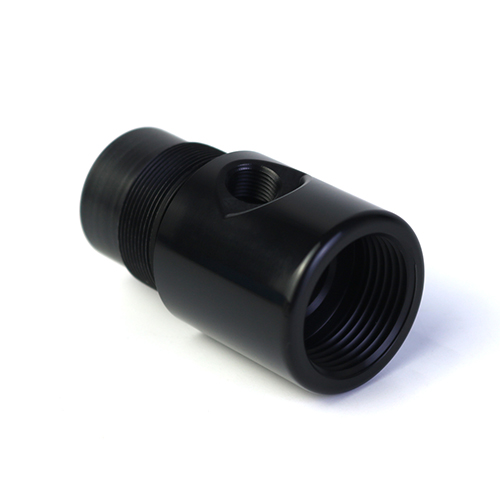In a year dominated by rapid design changes and tighter tolerances, CNC thread milling for custom thread profiles has emerged as one of 2025’s biggest manufacturing game-changers. From aerospace to medical to energy sectors, engineers are ditching traditional tapping methods in favor of precision-milled threads tailored to unique application needs.
Why Traditional Tapping No Longer Cuts It
For decades, tapping was the default for internal threads. But when projects call for non-standard pitches, odd diameters, or complex geometries, tapping hits a wall — fast.
What is CNC Thread Milling?
Unlike tapping, which cuts threads using a single axial motion, CNC thread milling uses a rotating cutter that moves helically to carve precise threads into metal or plastic parts. The beauty of this method lies in its control — you can machine threads of any size, pitch, or form, and even create left-hand, right-hand, or multi-start threads on the same machine.
Custom Thread Profiles: From Impossible to Instantly
Programmable
Whether it's a trapezoidal thread for heavy-load assemblies, a buttress thread for oilfield tools, or a multi-start thread for high-speed motion systems, CNC thread milling makes it not just possible — but repeatable.
Key Advantages:
● Unmatched Flexibility: One tool can create multiple thread types and sizes
● Superior Accuracy: Ideal for tight tolerances and critical applications
● Reduced Risk: No broken taps or scrapped parts in tough materials
● Internal & External Threads: Machined with the same setup
● Thread Starts/Stops: Fully programmable — great for partial threads
Industries That Are All In
According to a 2025 report by the Global Manufacturing Innovation Council, CNC thread milling adoption has doubled in sectors that demand high-precision threading:
● Aerospace: Lightweight parts with critical fatigue resistance
● Medical: Custom implants and threaded surgical tools
● Oil & Gas: Large-diameter pressure-rated threads
● Robotics: Motion-critical joints requiring multi-start threads
● Defense: Tight-tolerance threads in hardened steel alloys
Tech Behind the Trend
Modern CNC mills, especially 4- and 5-axis machines, paired with high-performance CAM software, make programming custom threads easier than ever. Manufacturers are also investing in advanced thread mill cutters — both solid carbide and indexable — to handle everything from small M3 holes to large 4-inch NPT threads.
The Bottom Line
As product designs get more specialized, the demand for CNC thread milling for custom thread profiles is skyrocketing. Companies that embrace this shift now aren’t just getting higher-quality threads — they’re gaining a competitive edge in speed, flexibility, and cost savings.
Whether you're prototyping or scaling production, thread milling isn't just an upgrade. In 2025, it's the new industry standard.
Post time: Aug-14-2025





